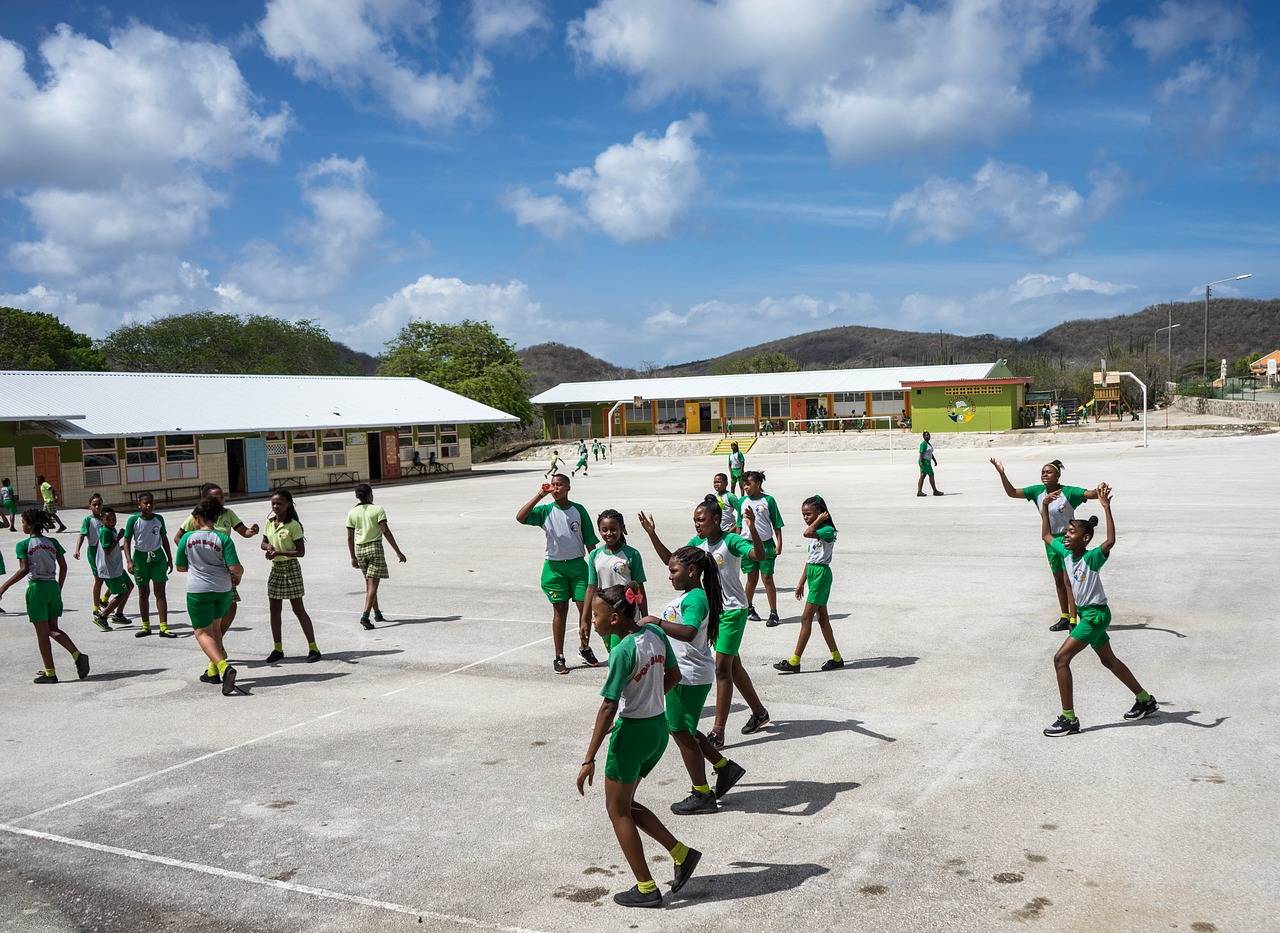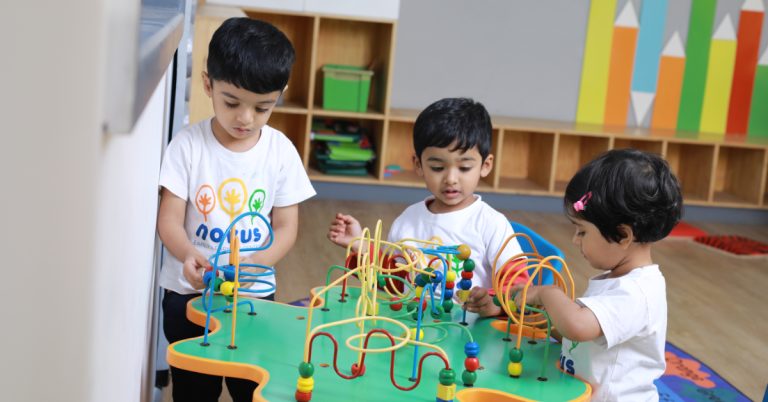How to Foster Creativity in Primary Students
betbhai9.com whatsapp number, radhe exchange id, lotus365 login:When it comes to fostering creativity in primary students, it’s essential to create an environment that encourages exploration, innovation, and self-expression. By implementing various strategies and techniques, educators can help young learners develop their creative abilities and unleash their full potential. In this blog post, we will explore some practical tips for promoting creativity in primary students.
Encourage Play and Imagination
One of the best ways to foster creativity in primary students is to encourage play and imagination. Allow students to engage in open-ended play activities, such as building blocks, art projects, and role-playing games. By giving children the freedom to explore and create on their own terms, you can help them develop their creative thinking skills and unleash their creativity.
Provide Opportunities for Self-Expression
Another important aspect of fostering creativity in primary students is to provide opportunities for self-expression. Encourage students to share their thoughts, ideas, and feelings through various mediums, such as writing, art, music, and drama. By giving children the chance to express themselves in different ways, you can help them develop their creative voice and build confidence in their abilities.
Integrate Arts and Creativity into the Curriculum
Integrating arts and creativity into the curriculum is a great way to foster creativity in primary students. Incorporate art, music, drama, and other creative activities into everyday lessons to engage students and stimulate their imagination. By exposing children to a variety of creative experiences, you can help them develop a love for the arts and inspire them to explore their creative potential.
Encourage Collaboration and Communication
Collaboration and communication are essential skills for fostering creativity in primary students. Encourage students to work together on projects, share ideas, and communicate effectively with their peers. By promoting collaboration and communication in the classroom, you can help students learn from each other, gain new perspectives, and develop their creativity through teamwork.
Provide Opportunities for Problem-Solving
Encouraging students to think critically and solve problems creatively is another important aspect of fostering creativity in primary students. Present students with challenging tasks and open-ended problems that require creative thinking and innovation. By providing opportunities for problem-solving, you can help children develop their analytical skills and learn to approach challenges from a creative perspective.
Celebrate Mistakes and Embrace Failure
Creativity often involves taking risks, making mistakes, and learning from failure. Encourage students to embrace their mistakes, learn from them, and keep trying new things. By celebrating failures as opportunities for growth and learning, you can help students develop resilience, perseverance, and a positive attitude towards creativity.
Incorporate Mindfulness and Reflective Practices
Incorporating mindfulness and reflective practices into the classroom can also help foster creativity in primary students. Encourage students to take moments of quiet reflection, practice mindfulness exercises, and engage in self-assessment activities. By promoting mindfulness and reflection, you can help children cultivate self-awareness, focus their attention, and enhance their creative thinking skills.
FAQs
Q: How can I encourage creativity in students who are shy or hesitant to participate?
A: Encourage shy or hesitant students to start small and gradually build their confidence. Provide opportunities for individual creative activities, offer praise and encouragement, and create a safe and supportive environment where students feel free to express themselves without judgment.
Q: How can I assess and evaluate students’ creativity?
A: Assessing and evaluating creativity can be challenging, as it is a subjective and multi-dimensional concept. Consider using a variety of assessment tools, such as portfolios, creative assignments, self-assessments, peer evaluations, and rubrics that focus on the process rather than just the final product.
Q: What can parents do to support creativity in their children at home?
A: Parents can support creativity in their children by providing opportunities for creative play, encouraging exploration and experimentation, exposing children to a variety of creative experiences, and engaging in creative activities together as a family. Encourage children to pursue their interests, express themselves, and think outside the box.
In conclusion, fostering creativity in primary students requires a holistic approach that combines play, imagination, self-expression, collaboration, problem-solving, mindfulness, and reflective practices. By creating an environment that nurtures creativity and encourages exploration, educators can help young learners develop their creative abilities and unleash their full potential. With the right strategies and techniques in place, primary students can cultivate their creativity, think critically, and express themselves in new and innovative ways.






